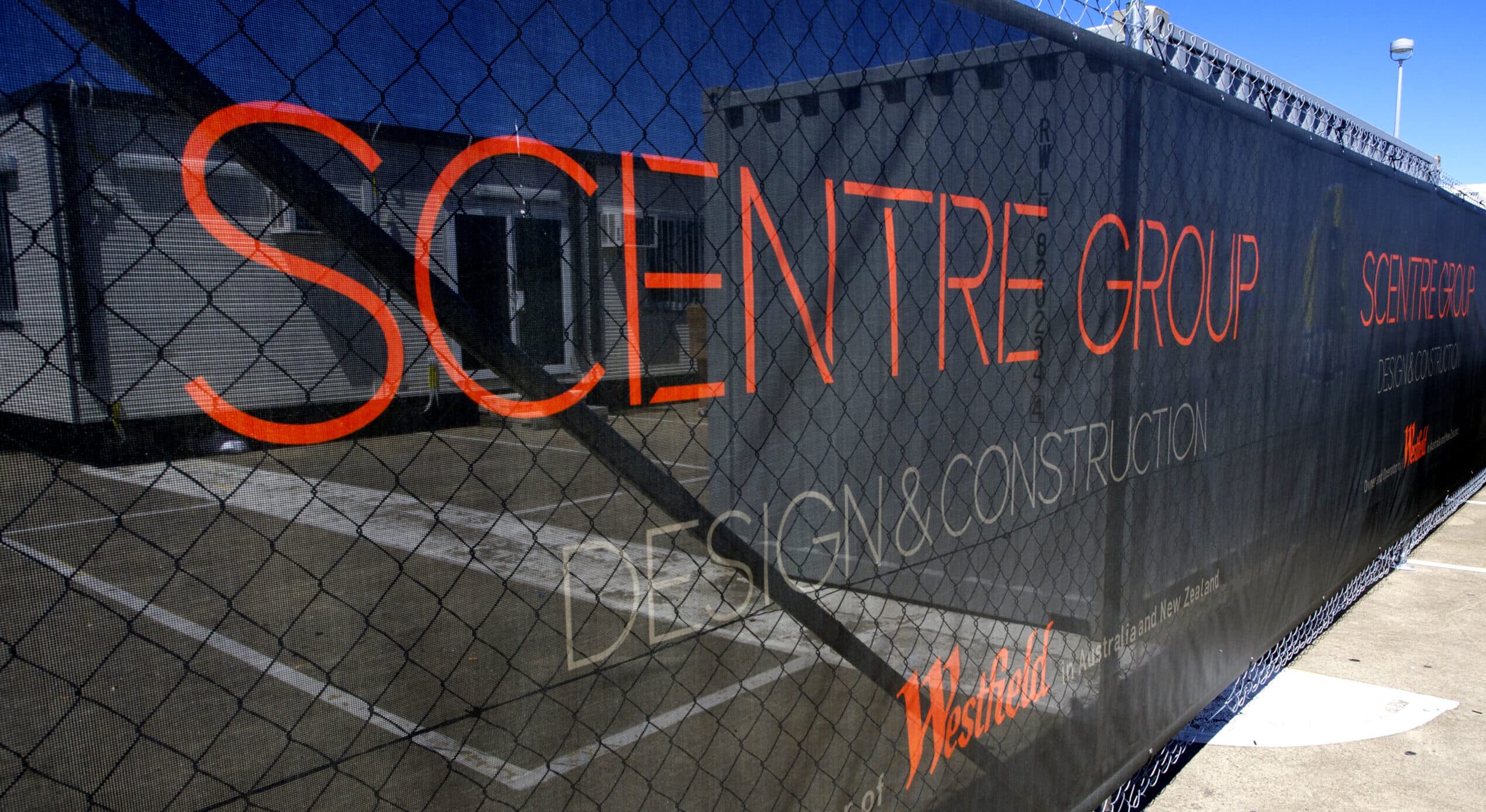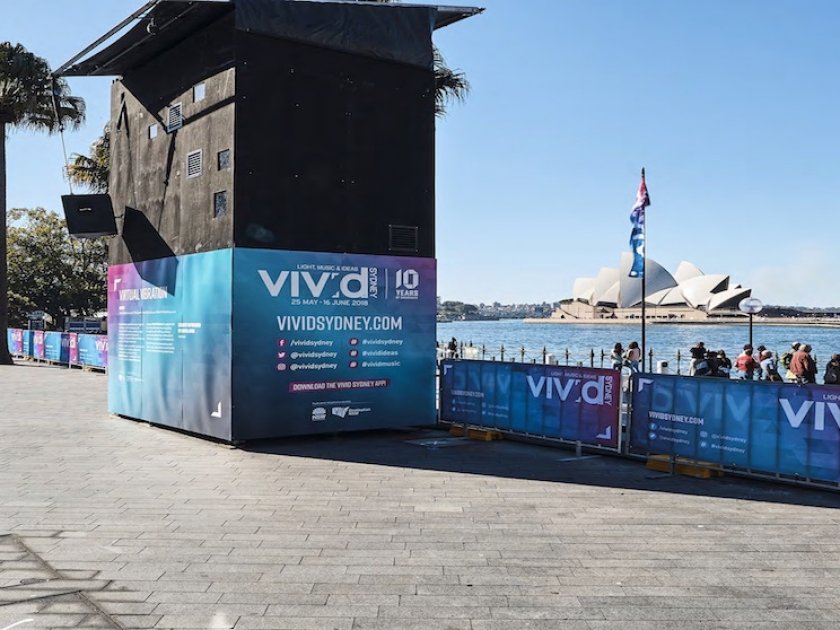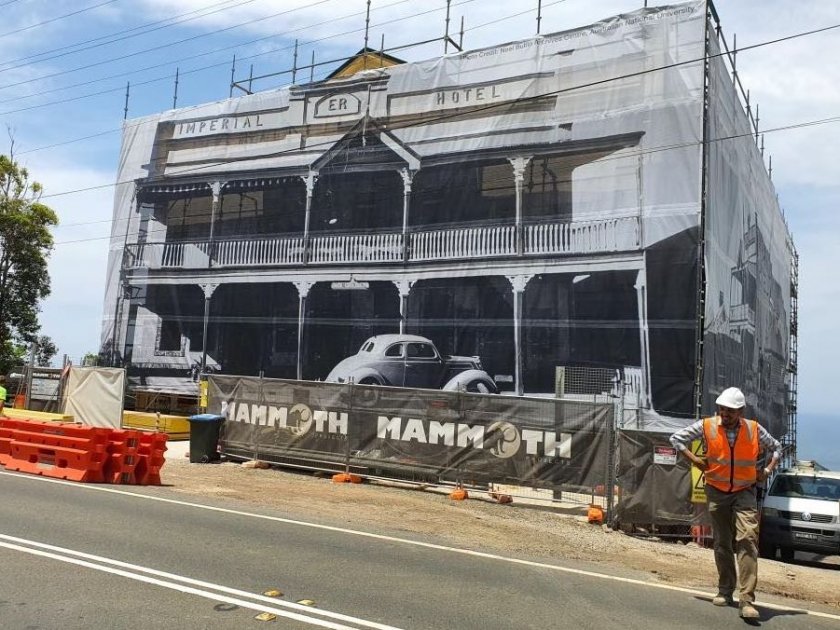Top 3 Wind Mitigation Tips To Stop Your Temporary Fencing Tipping Over
 10 January 2018
10 January 2018 2 mins read
2 mins read
As a proudly owned and run Australian business, here at Mesh Direct we’ve dealt with the harsh conditions of the Aussie climate for the past decade. We understand the impact the elements have on construction sites and construction site signage better than anyone.
What we want to talk about today is high wind areas, and how you can use these top 3 wind mitigation tips to stop your temporary fencing tipping over…
1. Use the right product
One of the most common mistakes we see from developers and builders all around the world is the wrong choice of mesh for a high wind area. When it comes to a high wind area, the mesh needs to be perforated, allowing the wind to pass through.
For high wind areas, special wind mesh needs to be used. If it’s not, your temporary fencing is at high risk of falling over, potentially damaging the fence and your signage, as well as looking untidy and unprofessional on site.
Check out our wind mesh options here.
2. Install your mesh correctly
Our wind mesh comes with metal eyelets and cable ties. All of these need to be used in order for the mesh to be installed correctly. Once this is done, it’s far less likely that your wind mesh will come away from the fencing structure or that the structure itself will tip over.
3. Use the appropriate temporary fencing
Prior to installing your temporary fencing, you should have knowledge about the conditions on site, this includes the average wind velocity of the area. By knowing this, you’ll be able to determine the most appropriate form of fencing you’ll need – and whether it needs additional weights.
Got questions about using our wind mesh on your site? Give us a call on 1300 368 978 to talk to one of our experts.





